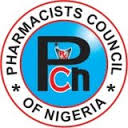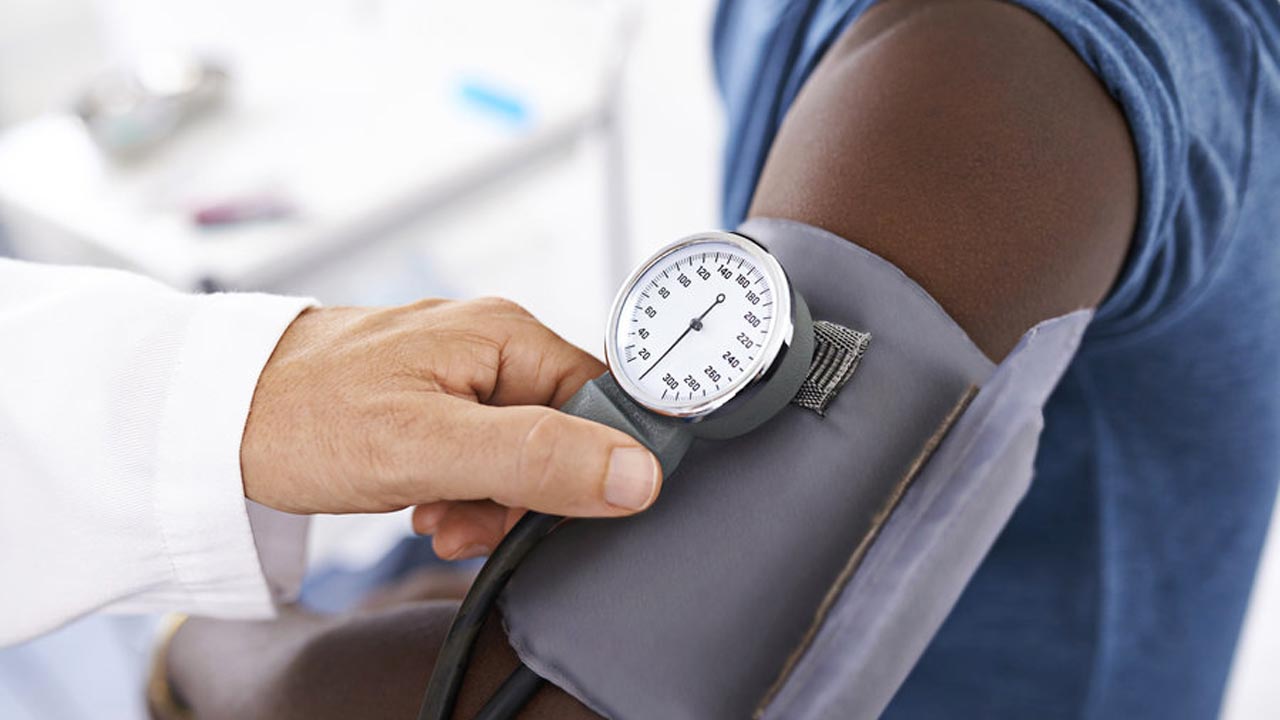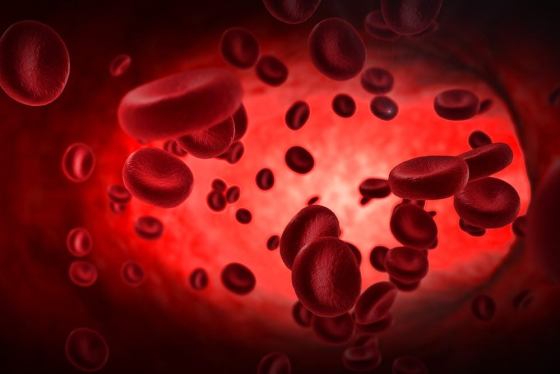Preexposure prophylaxis (PrEP) with tenofovir disoproxil fumarate nearly halved (48.9%) HIV infection rates in injection drug users, according to a randomized, double-blind, placebo-controlled, phase 3 trial of 2413 participants in Thailand.
Kachit Choopanya, MD, from the Bangkok Tenofovir Study Group in Thailand, and colleagues report their findings in an article published online June 13 in the Lancet.
Of the 2.5 million people worldwide who contracted HIV in 2011, 1 in 10 cases was likely caused by injecting drug use. Some countries in eastern Europe and central Asia report that more than 80% of all HIV infections are caused by drug use, the authors note.
PrEP reduces both sexual transmission of HIV and mother-to-child transmission of HIV, but its efficacy in injection drug users has been unknown.
Researchers enrolled participants from 17 drug-treatment clinics in Bangkok, Thailand in the study. Participants were aged between 20 and 60 years, were HIV-negative at baseline, and had injected drugs during the prior year. The clinics offer free HIV counseling and testing, risk-reduction counseling, social services, primary medical care, methadone treatment, condoms, and bleach to clean injection equipment. Clean needles are not provided in the clinics because Thailand's narcotics law prohibits it; however, they can be purchased cheaply at pharmacies.
Participants were randomly assigned to receive either tenofovir (n = 1204) or placebo (n = 1209) each day and could choose either daily clinic visits for directly observed treatment or monthly visits without directly observed treatment. HIV testing and individualized risk-reduction and adherence counseling were conducted monthly, and blood safety assessments were conducted at months 1, 2, and 3 and every 3 months thereafter. Participants were followed-up for 9665 person-years (mean, 4.0 ± 2.1 years; maximum, 6.9 years).
The tenofovir and placebo groups had similar frequencies of deaths, serious and other adverse events, grade 3 and 4 laboratory results, and increased creatinine concentrations.
HIV infection was confirmed in 52 participants. Seventeen (33%) of those were in the tenofovir group and 35 (67%) were in the placebo group, for a 51.8% reduction in HIV incidence (95% confidence interval [CI], 15.3% - 73.7%; P = .01) in the group that received tenofovir compared with the placebo group in the intention-to-treat analysis.
When the investigators excluded from the analysis 2 participants in the placebo group who were HIV-positive at enrollment, HIV incidence was 0.35 per 100 person-years in the tenofovir group and 0.68 per 100 person-years in the placebo group, representing a 48.9% reduction in HIV incidence in the modified intention-to-treat analysis (95% CI, 9.6% to 72.2%; P = .01). After 36 months, the cumulative probability of HIV infection in the 2 study groups divided consistently.
During the study, 1018 (45%) participants reported injecting drugs, including 35 (70%) of those who became HIV-positive.
The study was not powered to determine efficacy by subgroup; however, tenofovir had statistically significant efficacy in women (P = .03) and in those aged 40 years and older (P = .01).
In a case-control analysis of a subset of patients in the tenofovir group, the investigators detected tenofovir in the plasma of 5 (39%) of 13 HIV-positive participants and 93 (67%) of 138 HIV-negative participants. Compared with participants with no detectable tenofovir, the odds of being infected with HIV were 3 times lower (odds ratio, 0.30; 95% CI, 0.09 - 0.98; P = .04) in those with detected tenofovir, indicating a reduction in risk of 70% (95% CI, 2.3% - 90.6%; P = .04).
In an accompanying comment, Salim S. Abdool Karim, MD, PhD, from the Centre for the AIDS Programme of Research in South Africa, University of KwaZulu-Natal, Durban, South Africa, and the Department of Epidemiology at Mailman School of Public Health, Columbia University, New York City, discussed the results. "Although findings from this study provide the evidence to show that PrEP is effective in preventing HIV infection in people who inject drugs, it is less clear as to whether the findings show that PrEP prevents parenteral transmission of HIV," Dr. Karim said. People who inject drugs also often engage in sexual behaviors that put them at risk for HIV, Dr. Karim added.
"The introduction of PrEP for HIV prevention in injecting drug users should be considered as an additional component to accompany other proven prevention strategies," Dr. Karim explained.
Veronica Miller, PhD, executive director of the Forum for Collaborative HIV Research at the University of California, Berkeley, and a visiting professor at the School of Public Health, University of California Washington Center in Washington, DC, commented on the study in a telephone interview with Medscape Medical News. "We now know that we have an opportunity for an intervention that can be administered in a clinical setting such as a drug treatment center, and also...in a correctional facility, which was where a lot of these patients were residing," Dr. Miller said.
"It's a simple intervention that could be used in settings in the [United States] as well, to prevent HIV infection, but then in the context of treating drug addiction," Dr. Miller added.
Dr. Hendrix reports receiving grant support from Gilead Sciences. The other authors have disclosed no relevant financial relationships. Dr. Karim was the co-principal investigator of the Centre for the AIDS Programme of Research in South Africa 004 tenofovir gel trial and is a coinventor on 2 pending patents of tenofovir gel with scientists from Gilead Sciences. Dr. Miller has disclosed no relevant financial relationships.
By Troy Brown
ABUJA: Training Schedule for Basic Life Support BLS, Pediatric Advanced Life Support (PALS), Advanced Cardiovascular Life Support ACLS, First Aid, CPR, AED
PORTHARCOURT: Training Schedule for Basic Life Support BLS, Pediatric Advanced Life Support (PALS), Advanced Cardiovascular Life Support ACLS, First Aid, CPR, AED
LAGOS: Training Schedule for Basic Life Support BLS, Pediatric Advanced Life Support (PALS), Advanced Cardiovascular Life Support ACLS, First Aid, CPR, AED





